|
Player(s): 1 Platforms: Nintendo Switch, PlayStation Vita With the video game market saturated with beat-em-ups and Japanese RPGs, it takes a lot of work to stand out as something special. Penny-Punching Princess on the Nintendo Switch manages to do exactly this, by twisting the familiar way in which these types of games approach progression. At first glance, Penny-Punching Princess (henceforth: PPP) is a generic beat-em-up game. The controls are simple: you have a light attack, a heavy attack and a dodge. You can control the game through touch screen (which was serviceable, but I didn’t particularly like) or with your controllers. As you progress you get skill points you can use to level up your character’s stats. The levels look relatively straightforward. So, what is it about PPP that makes it different? Money. As can be deduced from the title of the game, you acquire money through your fights. Money acquisition is intertwined into everything you do. Let’s begin with the story. It’s fairly simple, involving the death of the princess’ father due to his involvement with capitalism. She realizes that, while he failed, his ideas were a definite way to success, leading her to become a shrewd ‘penny-punching’ princess. She decides to use money to get revenge on the people who put him in that situation, and that’s the gist of the story. It’s not story heavy but is rather about having silly exchanges between the characters. It’s satire in its purest form, touching on some very true subjects of economics while keeping it funny. There’s nothing super deep here, but it doesn’t shy away from glorifying the nastiness that can surround corporate greed. I found this balance quite intriguing and amusing as I played through the game. Money is also reflected in the combat. Almost all the combat is straightforward: punch, dodge, shove, repeat. Each enemy has a ‘break’ threshold, when reached, allows you to take a bunch of money from them (by rotating the right analog stick). This becomes particularly tricky when you are trying to force the enemies to drop money while you are trying to dodge others. This adds a non-traditional layer of depth to an otherwise simple combat system. Despite the lack of combat complexity, the desperation of getting every penny you can from the enemy while still staying alive proves to be an interesting prospect. I’d have loved more variety in the combat itself but figuring out creative ways of maximizing profits during battle can be enticing. It’s too bad that by the time you get about halfway through the game, you realize that the attacks thrown at you aren’t that varied. The game’s idea of being challenging is to throw more and more enemies at you at once, in hopes of limiting your play space so you’re forced to be extra careful. There is nothing inherently wrong with this, but it gets tiresome after a while, adding no variety. There are, of course, environmental hazards that you’ll see as you progress to make things even more complicated, but just as with the enemies, you’ll see almost everything there is to see by the time you hit the halfway point. To remedy this, PPP offers an important mechanic: bribing. The idea is that anybody can be bought for the right price, and this translates into the gameplay. Outside of bosses, every enemy and hazard (labelled as ‘artifacts’) can be bribed to work for you. Bribing serves two functions: it gets rid of the threat in that battle; it gives you a new power/ability to use. The first function is self-explanatory, but the second one adds a nice bit of variety to an otherwise stale combat system. If it’s an enemy you bribed, then you get a limited use ability that summons the enemy to do a brief specialized attack. If it’s an artifact you bribed, then the stationary artifact will allow a limited number of activations to hurt nearby enemies. Once you leave the area the artifact bribe is essentially useless, but the artifacts tend to be the most powerful. It offers a nice balance that forces the player to make on-the-fly decisions based on how they want to balance the playing field and approach the fight. To add to the strategy, you can only carry a limited amount of money, based on the equipment you are using. That’s not the end of it though. When you bribe enemies, they become ‘citizens’ of your kingdom. You can view all your citizens in the main menu, which doesn’t serve any purpose besides seeing a crowded space. What does serve a purpose is what you can do with the things you’ve bribed. You can craft gear based on what you’ve bribed. The more you bribe, the more types of gear you can craft. Crafting doesn’t consume what you’ve acquired through bribery, but it does cost money. Each piece of gear offers a different benefit with different abilities and stats. I found myself switching between different equipment fairly often depending on the level. Throughout each level are a set number of hidden Zenigami statues. These are your skill points and allow you to level up the princess. By spending money, you can also craft some in order to continue to level up. In my time of playing, none of the bribe requirements felt exorbitant, which made me really appreciate this system of levelling over a traditional system of gaining experience through combat. In my experience, levelling up through combat would require a ridiculous amount of grinding to be able to progress. I didn’t feel like that here thanks to the statue system. That’s not to say that grinding won’t be needed if you want to max out your stats, but it certainly doesn’t feel unreasonable. Unfortunately, the game isn’t entirely devoid of grinding. You’ll soon notice the list of things you can craft increase quickly the further you get in the game. The biggest issue I have with PPP is that the game can get suddenly frustratingly difficult. As mentioned before, the game throws tons of enemies at you in unreasonable ways to fabricate difficulty. There’s two ways around this: either you just keep trying until you master that battle, or you leave the game and equip a new set of armor that facilitates success in that level. I generally opted to retrying until I succeeded, which helped me build my skills, making the latter half of the game easier for me. The other option can require a disgusting level of grinding in order to get the gear you might want for that level, only to find out you need to craft another piece of gear in the next level. This wasn’t particularly bothersome to me, because I bribed almost anything I could every level, giving me plenty to work with. I rarely had to go back and backtrack to acquire materials. The average player, from my experience, will not play like this, and thus will be forced into random grind fests in order to progress. This doesn’t sound too bad, since the gear rarely has unfair requirements, but the limited amount of money you can carry starts to show its bad side. I love the strategy that the overall game requires in order to manage your money each level, but it’s this nasty side that prevents it from being truly great. Despite a relative lack of combat variety, there is enough depth in other facets of the game to never make the game feel boring. I’m not a huge fan of this 16-bit look and feel in many modern games, but it lends itself well to the type of game that PPP is. The sprites are cutely drawn, the interface is simple yet attractive and the environments are vibrant and vivid. My biggest complaint is that visually, I feel like there isn’t much variety. A ton of the enemies are just redrawn/recolored versions of the same thing, and the environments, while vibrant, lack soul. The sound design is on point though, with great sound effects and a fantastic and catchy soundtrack. As has been made abundantly clear, everything revolves around money. The entire system of mechanics depends on money. In many ways, this feeds on our desire to hoard in video games and rewards us for doing so. In that respect, there is nothing more perfect than PPP. It definitely has its share of flaws. With two characters to play, quite a few skills to level up, a bunch of gear to craft and the prospect of getting perfect ranks in every level, the game is pretty lengthy. It took me about 9-10 hours to get through the game with the first character with little focus on high ranks or item completion. I suspect you’ll spend triple or more than that if you intend to 100% the game, and none of the hidden statues were very well hidden. The lack of combat variety, despite the interesting tactics that surround the combat, can make the game feel a little grating after a while. All these flaws aside, I don’t regret any of my time put into Penny-Punching Princess. It was a fun and enjoyable experience that I can easily recommend to anybody who is looking for a different take on the beat-em-up genre on their Switch. Penny-Punching Princess is out NOW both physical (via GameStop and Amazon) and digital, along with a very limited collector’s edition. - Teepu Gameplay: C+ Graphics: B- Sound: A Value: A OVERALL: B- Pros: + Gives a novel new take on the concept of money. + Easy to play in bursts. + Hoarding mechanics can lead to some frantic and satisfying battles. Cons: - Lack of combat variety can be repetitive. - Shallow story, while funny, can be a bit intrusive at times. - Difficulty is sometimes inconsistent, which can lead to annoying grinding. Disclaimer: This game was provided to us by the publisher for the purpose of this review.
2 Comments
4/10/2018 02:11:38 am
The idea of the game sounds interesting and I love the graphic. Thank you for sharing!
Reply
Teepu
4/14/2018 12:49:08 pm
You're very welcome! I hope you check it out. It's a novel concept that has kept me interested despite it's flaws. :)
Reply
Leave a Reply. |
Search
Contributors◆ Angie
◆ Emily ◆ J.D. ◆ Janette ◆ JT ◆ Manuel ◆ Nestor ◆ Rose ◆ Sylvia ◆ Teepu ◆ Tiffany ◆ Winfield Archives
April 2025
|
© 2014-2025 A-to-J Connections. All Rights Reserved.

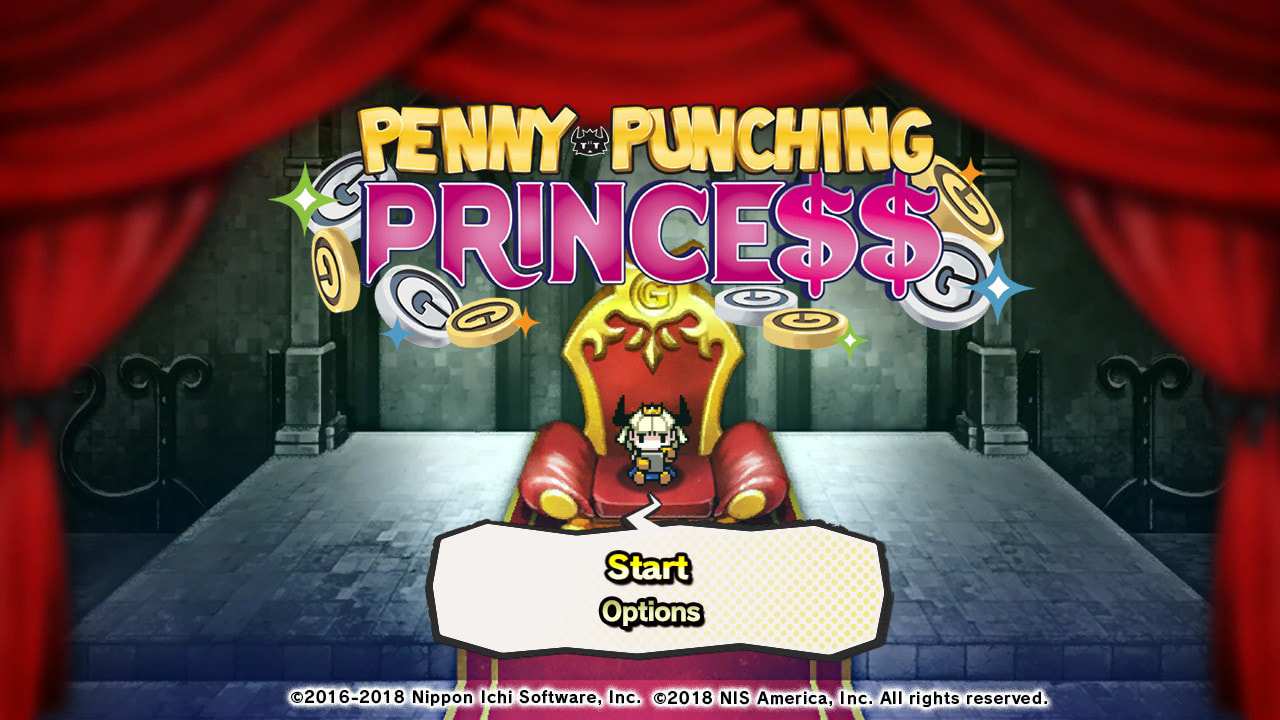
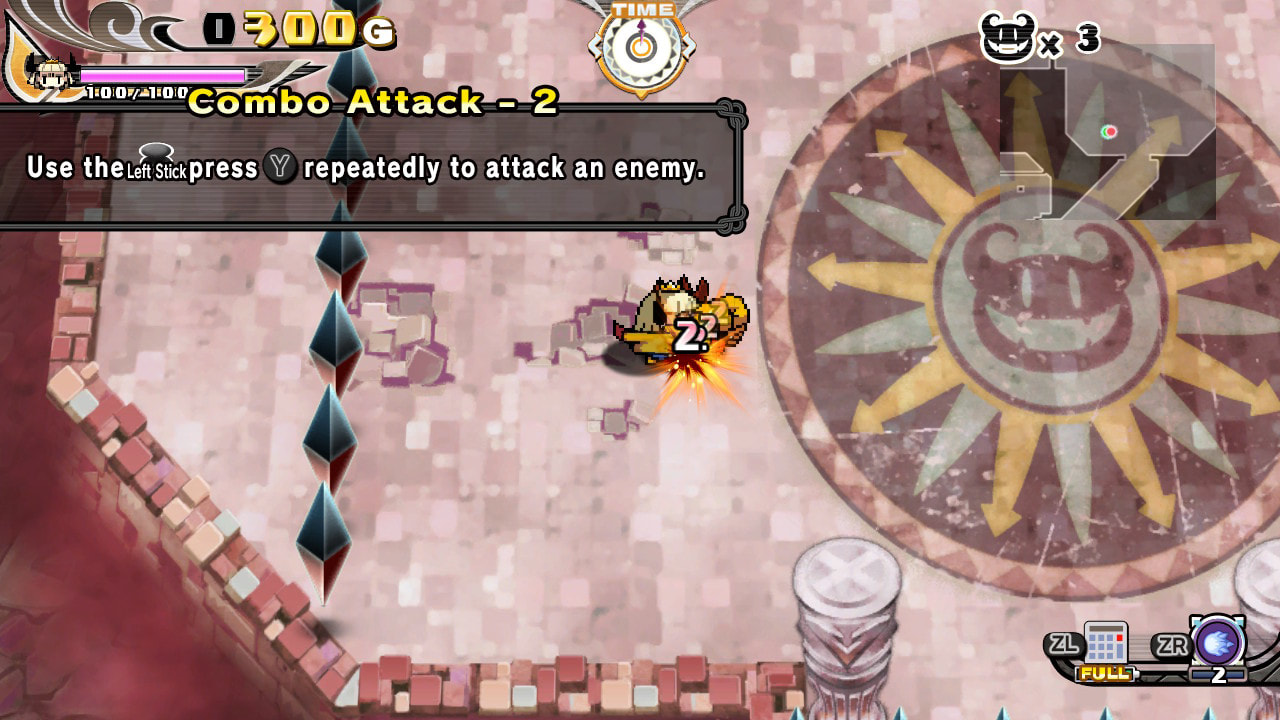
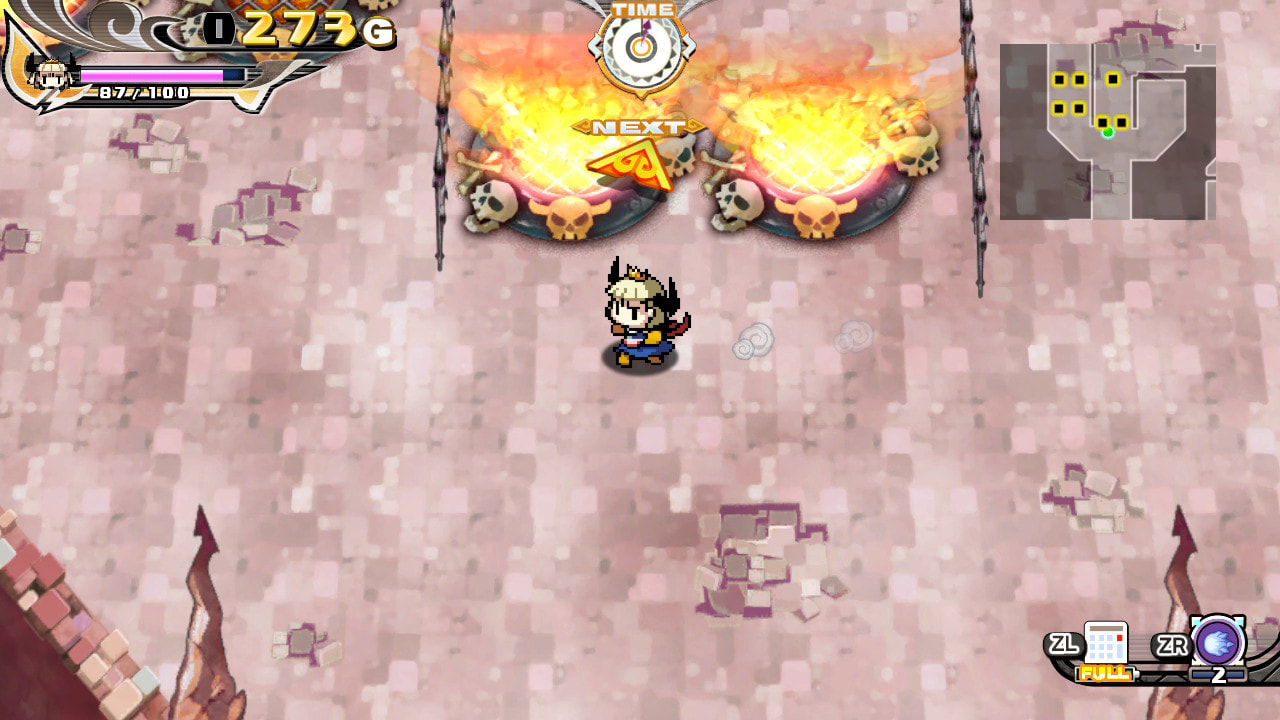


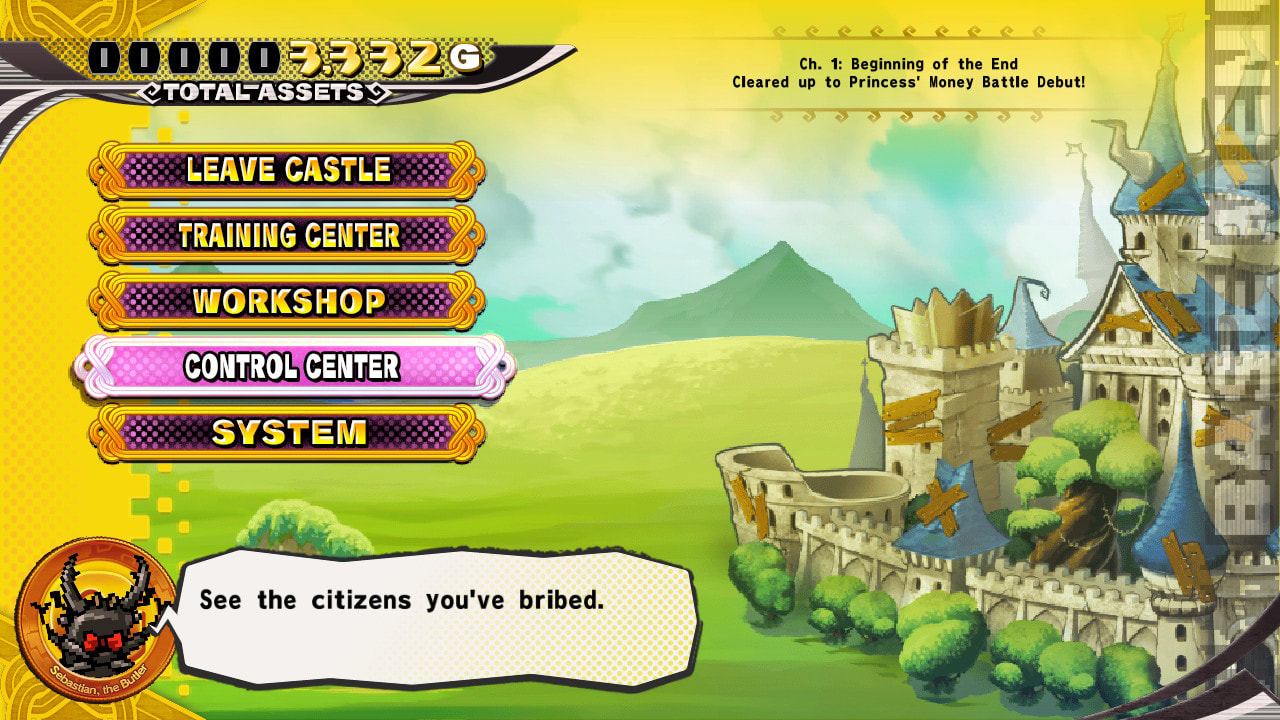
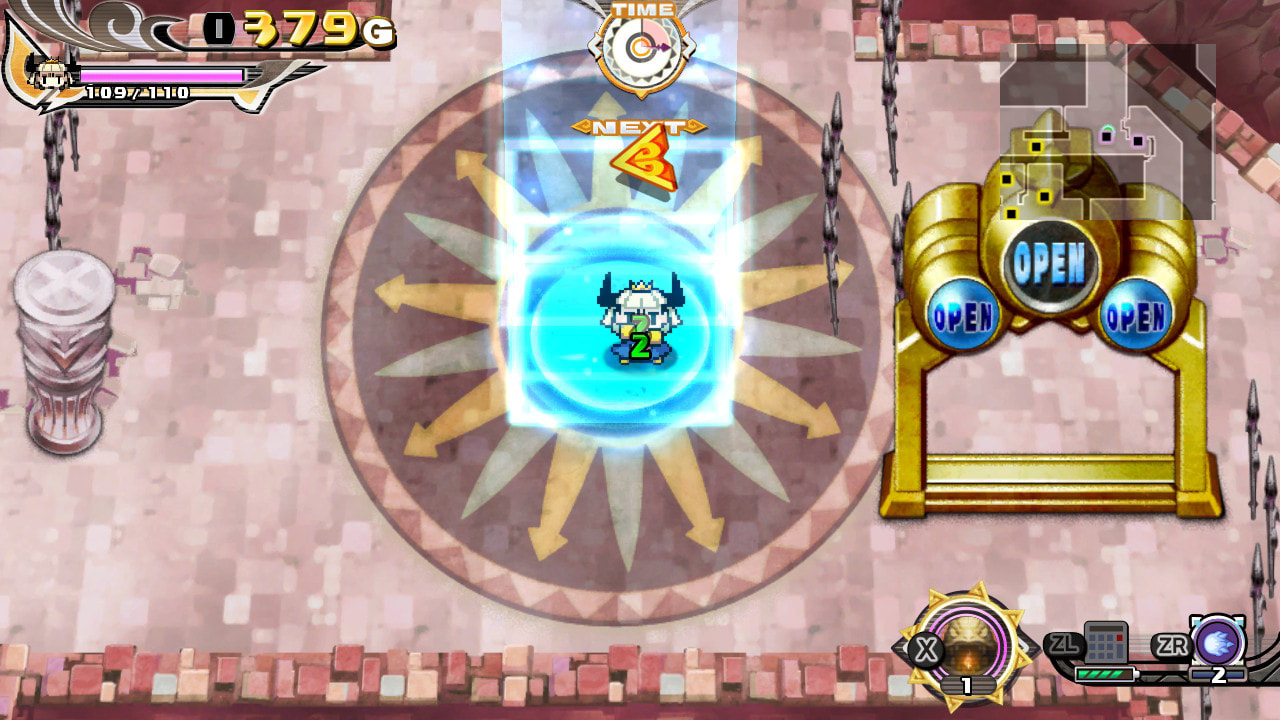

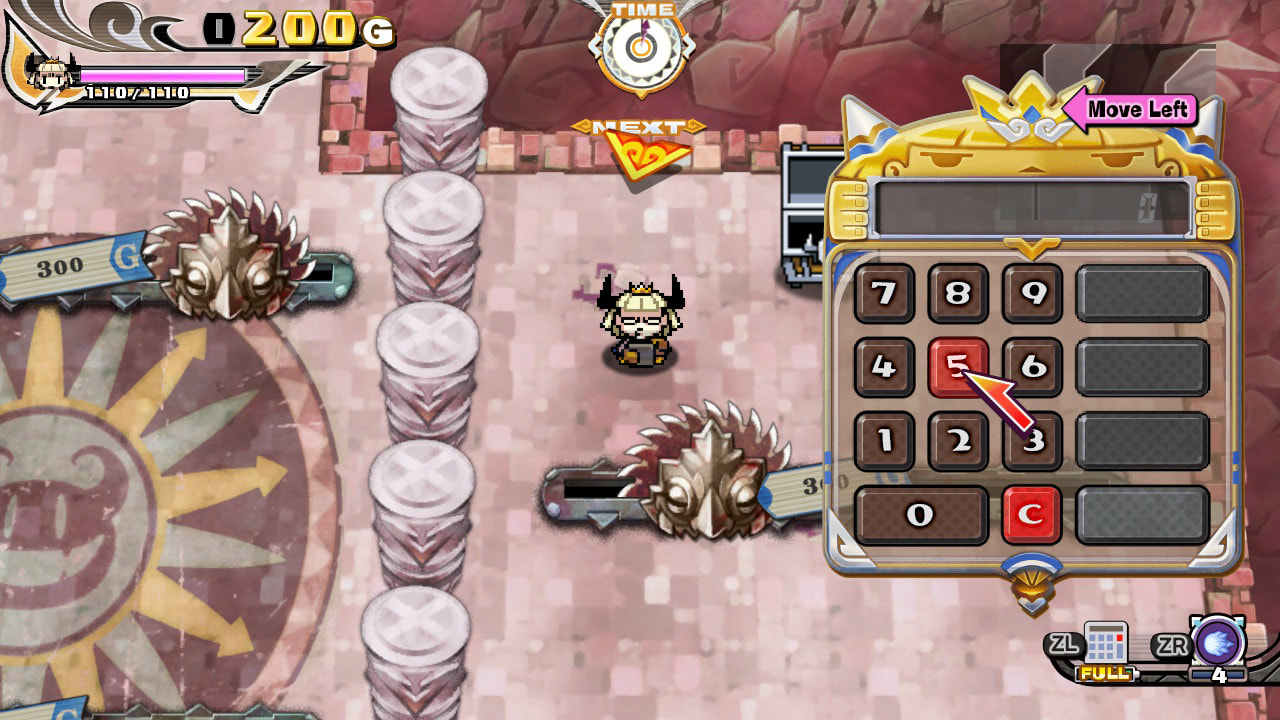
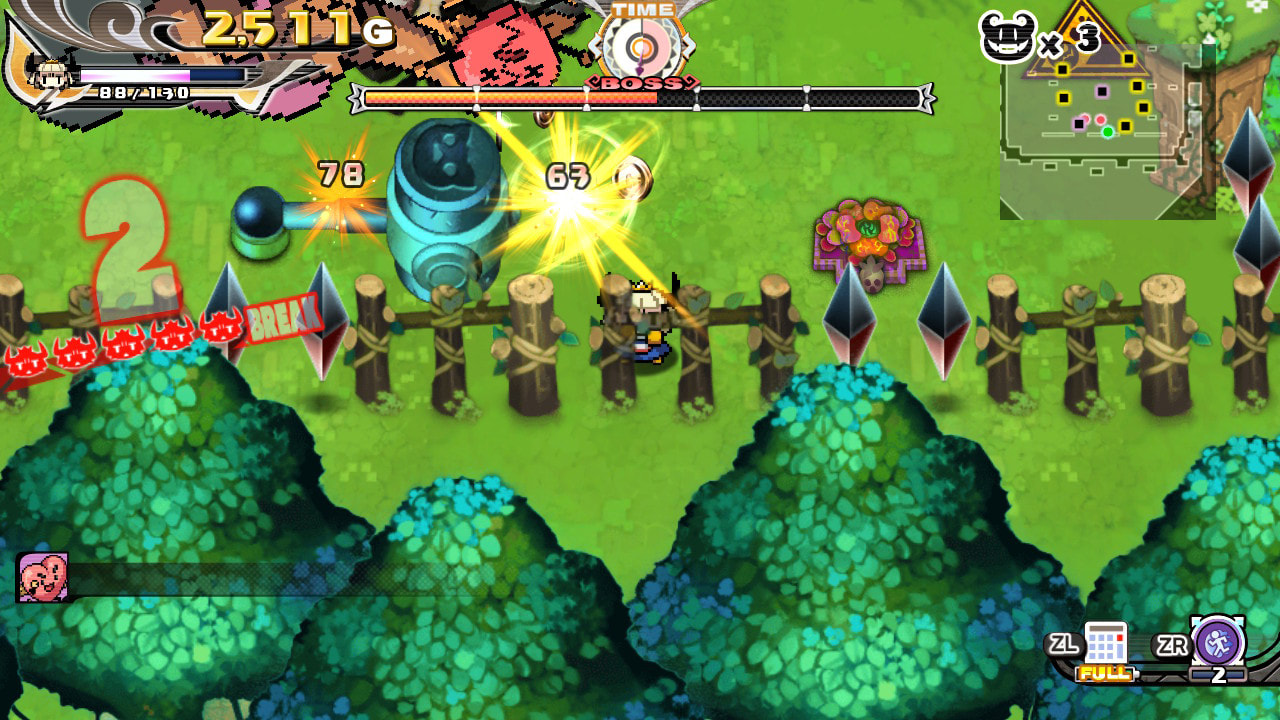
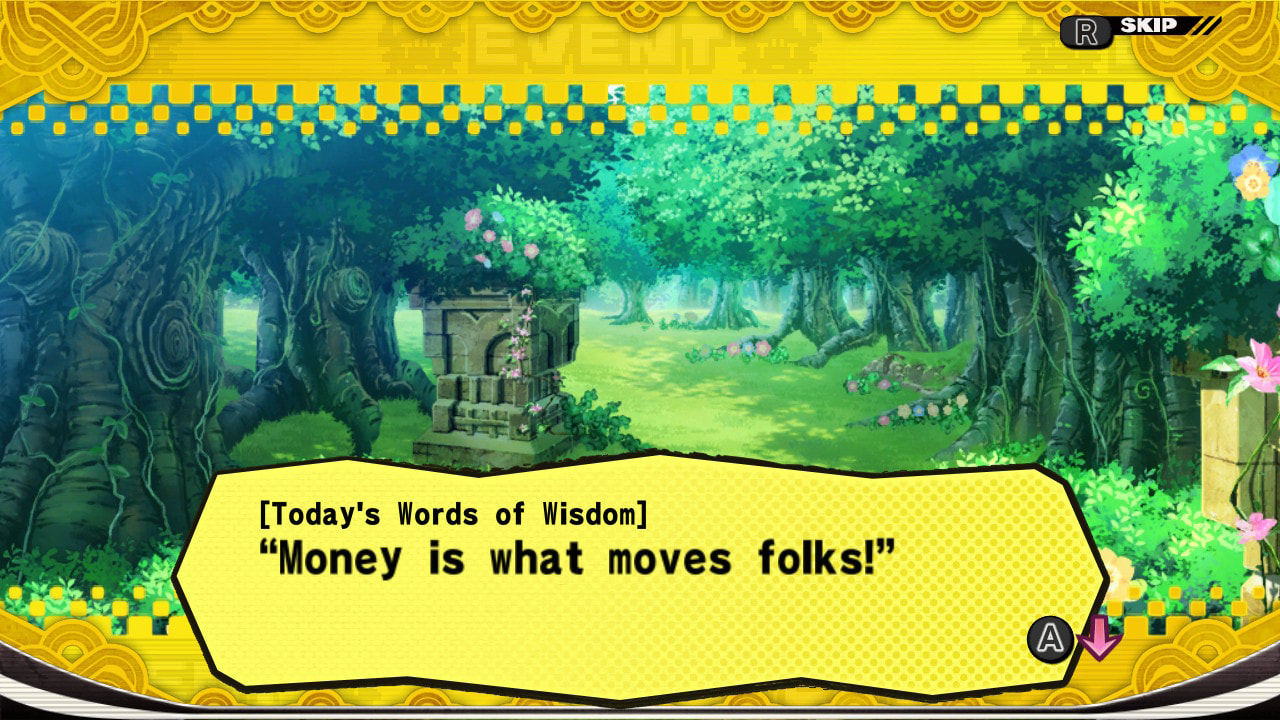
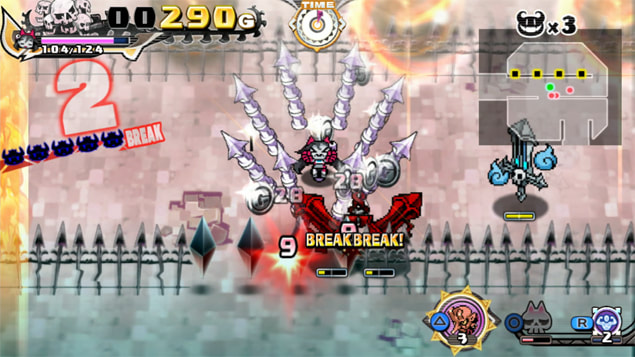

 RSS Feed
RSS Feed